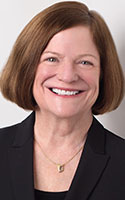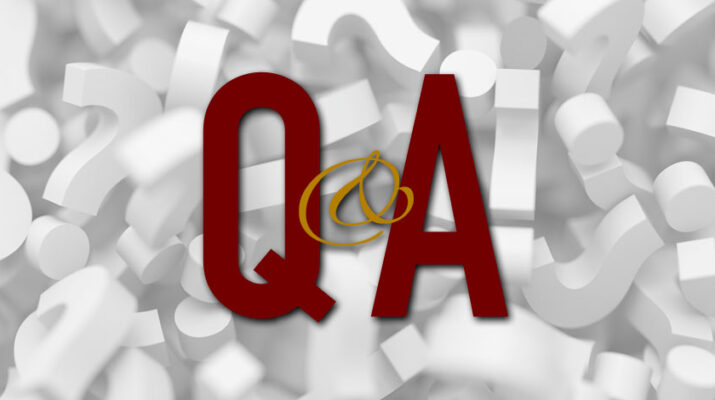CEO of Rochester Area Community Foundation talks about helping those in need
By Mike Costanza

Since it was founded in 1972, the Rochester Area Community Foundation has grown to be the largest grant-making foundation in the Rochester region. With just 32 employees and an annual operating budget of $4.3 million, the nonprofit seeks to improve the lives of those who live in Monroe County and seven of its contiguous counties.
In Good Health spoke to Jennifer Leonard, the Community Foundation’s president and CEO, about its aims, accomplishments and goals.
Q. What is the Rochester Area Community Foundation’s mission?
A. The Community Foundation empowers donors and community partners to strengthen our region through philanthropy. We have many families, many individuals and many organizations that put their dollars together to make a better region.
Q. What are your nonprofit’s sources of funding?
A. We are an umbrella for nearly 1,500 charitable funds established by individuals, families and groups that love the greater Rochester region. We are the largest grant-making foundation in this region and the second largest in Central and Western New York.
Q. The Community Foundation dispenses more than $30 million in grants each year. Where do you direct those funds?
A. Our board [of directors] has only a portion of that that they can direct toward our goal to create a more equitable community and strengthen the vitality of our region. It’s about 15%. Our other grants are distributed at the request of donors. Many living individuals, couples or families create donor-advised funds that support a variety of organizations, including some recommended by the Community Foundation.
Q. One of the Community Foundation’s main goals, according to its website, is to address the racial inequities that exist in the Rochester area. How has your nonprofit approached that task?
A. We have worked in many different ways to help bring racial equity to the attention of the public in Rochester long before the Black Lives Matter movement brought it out nationally. We issued two reports that have laid out how grave the disparities are in every realm for our communities of color. There’s higher infant mortality, shorter lifespans, higher housing costs, less availability of housing and we have the highest child poverty rate of any mid-sized city in the country.
[Note: the reports are “Hard Facts: Race and Ethnicity in the Nine-County Greater Rochester Area” (2017) and “Hard Facts Update: Race and Ethnicity in the Nine-County Greater Rochester Area” (2020).]
Q. What were some of the results of that research?
A. That helped lead to the formation of racial equity and justice initiatives. We’ve done an enormous amount to raise awareness and so have others in Rochester, including libraries, schools, universities, colleges and arts organizations. The Community Foundation has been there with grants to support the educational process, the discussion groups, the efforts to reform policing and the court system.
Q. You said that the Community Foundation has sought to improve local educational systems. How has it done so?
A. We supported early childhood development and education for more than a generation and the creating of an early childhood system in Rochester. We also host the Greater Rochester After-School and Summer Alliance, which works to create engaging and educationally supportive after-school activities and summer activities that allow students’ parents to be at work and know that their kids are learning and growing safely.
Q. The coronavirus pandemic has left a number of those living in the Greater Rochester area unable to meet their basic needs. How has the Community Foundation tried to help them?
A. We co-led, along with the United Way of Greater Rochester, the Community Crisis Fund to support nonprofits on the front line. The fund provided grants to nonprofits that were helping people get food, shelter, healthcare, transportation and child care during the height of the pandemic. One group working with refugees was able to secure legal aid and translations with the help of grants from the Community Crisis Fund. We also helped school districts in the city and the region obtain digital devices and Internet service for students who needed to be able to learn remotely during the pandemic shutdown, closing the digital divide.
Q. What challenges might the Community Foundation face in the next few years?
A. We actually have an immediate interest right now in fostering an inclusive recovery for Greater Rochester. The federal and state governments are directing about a billion dollars to Rochester. We are interested in seeing that the federal and state dollars particularly help people who historically have not had access to the best schools, have not had access to the best housing and places to live, and have been in some cases systematically denied access to fair policing.
For more information on the Rochester Area Community Foundation, go to www.racf.org.

